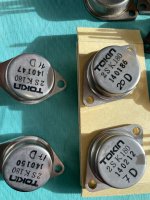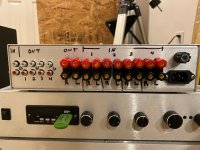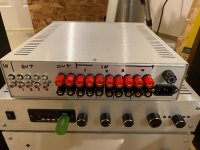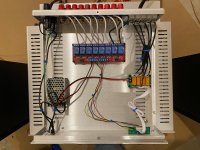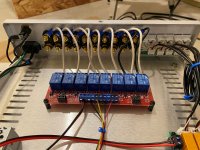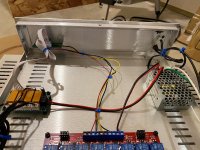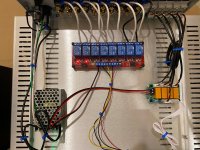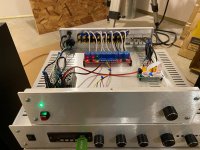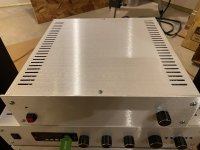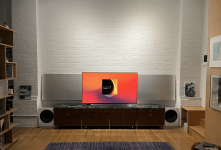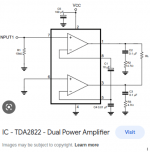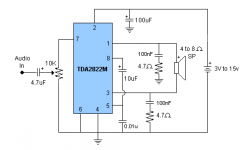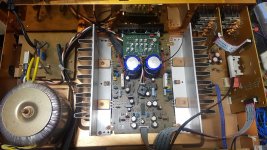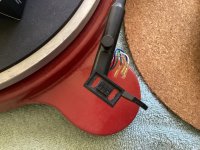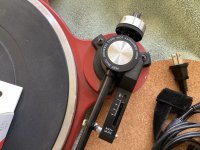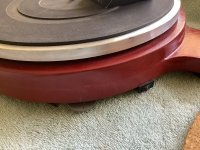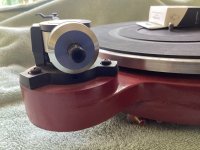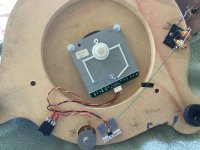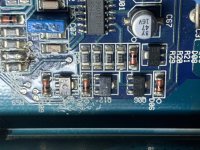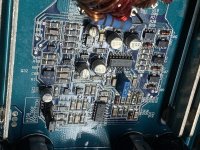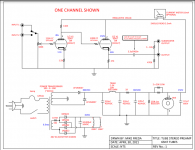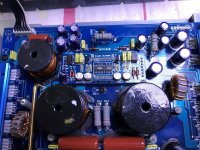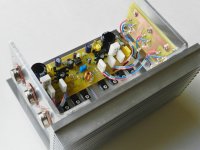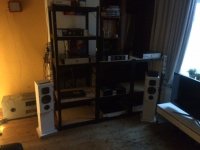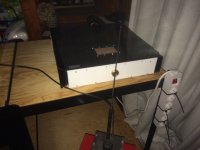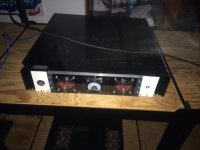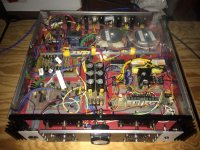Maxon motors for TT use
- By audiopip
- Analogue Source
- 30 Replies
Hi Folks,
Various people have asked about this so here is something I wrote for the maxon AU web site. It is by no means an exhaustive list, although the suggested model families are a good choice there are many variations within those families, primarily nominal voltage, which as explained below can prove critical in the selection process. Also $AUD one off prices are given in the pdf..they are for comparison only. Call maxon for an exact quote as the exchange rate varies. I do not claim to be the foremost expert on this topic, I respect others, such as Mark Kelly for one, have done much work on this.
Maxon Brushed motors for Hi-Fi turntables
Much has been written about this subject and I appreciate that others have gone into considerable detail. The purpose of this document is to put together suggested motor choices available from maxon in one place, and give an idea of the relative pricing. Note these are guide prices only as for example, the exchange rate fluctuates. Also note, we have ‘cherry picked’ some likely motors here, but this list is in no way exclusive. Other motors in these series and other series may be suitable. If you are not sure please call maxon.
Before we start we should outline the basic requirements
1) Sufficient power, ie speed x torque
2) Low noise, electrical and mechanical
3) Minimal torque ripple
4) Reasonable cost
For most people, particularly novices, a brushed motor is a good choice. The control electronics are comparatively simple and as they can be linear, low noise and the cost is lower. The wiring is also simpler, just two wires to the motor. The drive system is inherently smooth and quiet as long as we are aware of some basic points.
Motor Selection
For a retrofit situation we often have little control over the mechanics, the motor speed is much as determined by the original design. In the case of TT’s employing synchronous type motors this may be quite low, much less than 1000 rpm.
This requirement is usually at odds with the brushed motors available, which tend to be high revving when run at their design voltage, typically 4000 to 6000rpm.
Fortunately the solution is at hand. By using a large diameter motor (which provides good torque, and more power than is ever likely to be required) we can under run it from a lower voltage than its nominal design voltage. This will reduce the speed whilst torque remains purely proportional to the supply current. From a datasheet perspective this means selecting motors with a low rpm/volt speed constant, line 13 in the maxon data sheet tables.
Taking the A-max 26 110191 as an example, a nominal 48V motor, this has a speed constant of 127 rpm/V. So we can see that in a typical turntable application (~600rpm) the supply voltage will be only approximately 4-5V. This is perfectly fine as long as the motor has sufficient torque. From the datasheet the motor makes 15mNm torque at max current.
As the turntable belt drive multiplies the torque by 20X approximately this is quite substantial. We could go into more details as regards start up times if we know the moments of inertia, frictions etc etc, but unless we are designing for broadcasting applications this is probably not required here. In most real world situations belt slip will limit the torque in any case.
So we need to look at some large diameter brushed motors, large in this context is ~>25mm diameter, with low volt/rpm..
What else is important? We want the lowest noise, mechanical and electrical. This means minimal brush noise and low torque ripple. So the choice is now towards precious metal brushes (PMBs), for minimal drag, noise and best efficiency, a long life capacitor (CLL) module to prevent brush sparking and as many poles as possible for smooth torque delivery.
Some suggestions, in order of cost, lowest first.
A-max 26 series
A-max 26 7W 13 pole 110191 an old favourite and still a good choice
RE-max 29 series
RE-max 29 9W 13 pole 226779 (bit more power has extended shaft)
RE-max 29 15W 13 pole 226761 (more power for heavier platters, faster start etc)
The RE-max 29 and A-max 26 support both DC tacho (as a special) and encoder options.
RE 25 series
RE 25 10W 11 pole 118748 (with extended shaft, more power smaller size, tacho option)
Can have DC Tacho 118909 factory fitted for closed loop control
The RE 25 comes with the option of a factory fitted DC Tacho 118909, and so if required a true ‘closed loop’ control can be closed around the motor and the speed controller. It is also the most powerful motor for its diameter, which may help in some conversions, although it is also the longest. See table for approximate dimensions.
Speed control.
The LSC 30/2 4Q linear controller 250521 could be used for TTs. It supports I x R mode. This technique provides motor speed control by a form of feed forward. A brushed motor can be modelled as a source of voltage (the back EMF) in series with a resistance (the winding and brush resistance) . The voltage is proportion to the motor speed and opposes the supply voltage. The current is proportional to the motor torque. As motor torque and current increases, and the motor slows, the current increase is measured and used to estimate an increase in motor supply voltage in an attempt to stabilise the speed.
As there is no true feedback control, the accuracy of this arrangement is limited. The advantage is that no feedback device is required, so simple, low cost, and there is no NFB loop to stabilise.
The more accurate option is to use a motor with the Tacho option. Coupled with the LSC30/2 or other DC servo amplifier this would give absolute control of the motor speed. However be warned the combination of a high mass turntable, compliant drive belt system and low motor inertia will make the loop more difficult or impossible to compensate.
Further hints and tips
Check the drawing of the motors carefully in the datasheet to get the exact dimensions; those above are a guide only.
Be careful not to damage the motor when fitting the drive pulley. In particular the shaft of the motor must not be subject to excessive axial loads which might damage the bearings. If press fitting chose a motor with an extended ‘through’ shaft, then the press can be applied carefully directly to the shaft.
Never press on the motor body to press fit a pulley.
Details of all motors are on our web site:
www.maxonmotor.com.au
Various people have asked about this so here is something I wrote for the maxon AU web site. It is by no means an exhaustive list, although the suggested model families are a good choice there are many variations within those families, primarily nominal voltage, which as explained below can prove critical in the selection process. Also $AUD one off prices are given in the pdf..they are for comparison only. Call maxon for an exact quote as the exchange rate varies. I do not claim to be the foremost expert on this topic, I respect others, such as Mark Kelly for one, have done much work on this.
Maxon Brushed motors for Hi-Fi turntables
Much has been written about this subject and I appreciate that others have gone into considerable detail. The purpose of this document is to put together suggested motor choices available from maxon in one place, and give an idea of the relative pricing. Note these are guide prices only as for example, the exchange rate fluctuates. Also note, we have ‘cherry picked’ some likely motors here, but this list is in no way exclusive. Other motors in these series and other series may be suitable. If you are not sure please call maxon.
Before we start we should outline the basic requirements
1) Sufficient power, ie speed x torque
2) Low noise, electrical and mechanical
3) Minimal torque ripple
4) Reasonable cost
For most people, particularly novices, a brushed motor is a good choice. The control electronics are comparatively simple and as they can be linear, low noise and the cost is lower. The wiring is also simpler, just two wires to the motor. The drive system is inherently smooth and quiet as long as we are aware of some basic points.
Motor Selection
For a retrofit situation we often have little control over the mechanics, the motor speed is much as determined by the original design. In the case of TT’s employing synchronous type motors this may be quite low, much less than 1000 rpm.
This requirement is usually at odds with the brushed motors available, which tend to be high revving when run at their design voltage, typically 4000 to 6000rpm.
Fortunately the solution is at hand. By using a large diameter motor (which provides good torque, and more power than is ever likely to be required) we can under run it from a lower voltage than its nominal design voltage. This will reduce the speed whilst torque remains purely proportional to the supply current. From a datasheet perspective this means selecting motors with a low rpm/volt speed constant, line 13 in the maxon data sheet tables.
Taking the A-max 26 110191 as an example, a nominal 48V motor, this has a speed constant of 127 rpm/V. So we can see that in a typical turntable application (~600rpm) the supply voltage will be only approximately 4-5V. This is perfectly fine as long as the motor has sufficient torque. From the datasheet the motor makes 15mNm torque at max current.
As the turntable belt drive multiplies the torque by 20X approximately this is quite substantial. We could go into more details as regards start up times if we know the moments of inertia, frictions etc etc, but unless we are designing for broadcasting applications this is probably not required here. In most real world situations belt slip will limit the torque in any case.
So we need to look at some large diameter brushed motors, large in this context is ~>25mm diameter, with low volt/rpm..
What else is important? We want the lowest noise, mechanical and electrical. This means minimal brush noise and low torque ripple. So the choice is now towards precious metal brushes (PMBs), for minimal drag, noise and best efficiency, a long life capacitor (CLL) module to prevent brush sparking and as many poles as possible for smooth torque delivery.
Some suggestions, in order of cost, lowest first.
A-max 26 series
A-max 26 7W 13 pole 110191 an old favourite and still a good choice
RE-max 29 series
RE-max 29 9W 13 pole 226779 (bit more power has extended shaft)
RE-max 29 15W 13 pole 226761 (more power for heavier platters, faster start etc)
The RE-max 29 and A-max 26 support both DC tacho (as a special) and encoder options.
RE 25 series
RE 25 10W 11 pole 118748 (with extended shaft, more power smaller size, tacho option)
Can have DC Tacho 118909 factory fitted for closed loop control
The RE 25 comes with the option of a factory fitted DC Tacho 118909, and so if required a true ‘closed loop’ control can be closed around the motor and the speed controller. It is also the most powerful motor for its diameter, which may help in some conversions, although it is also the longest. See table for approximate dimensions.
Speed control.
The LSC 30/2 4Q linear controller 250521 could be used for TTs. It supports I x R mode. This technique provides motor speed control by a form of feed forward. A brushed motor can be modelled as a source of voltage (the back EMF) in series with a resistance (the winding and brush resistance) . The voltage is proportion to the motor speed and opposes the supply voltage. The current is proportional to the motor torque. As motor torque and current increases, and the motor slows, the current increase is measured and used to estimate an increase in motor supply voltage in an attempt to stabilise the speed.
As there is no true feedback control, the accuracy of this arrangement is limited. The advantage is that no feedback device is required, so simple, low cost, and there is no NFB loop to stabilise.
The more accurate option is to use a motor with the Tacho option. Coupled with the LSC30/2 or other DC servo amplifier this would give absolute control of the motor speed. However be warned the combination of a high mass turntable, compliant drive belt system and low motor inertia will make the loop more difficult or impossible to compensate.
Further hints and tips
Check the drawing of the motors carefully in the datasheet to get the exact dimensions; those above are a guide only.
Be careful not to damage the motor when fitting the drive pulley. In particular the shaft of the motor must not be subject to excessive axial loads which might damage the bearings. If press fitting chose a motor with an extended ‘through’ shaft, then the press can be applied carefully directly to the shaft.
Never press on the motor body to press fit a pulley.
Details of all motors are on our web site:
www.maxonmotor.com.au
















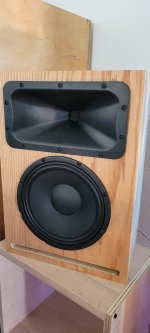
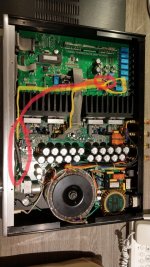
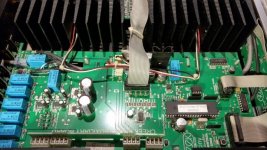
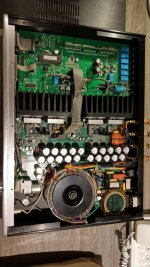
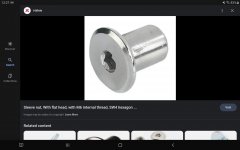
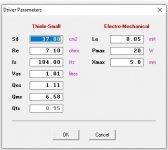
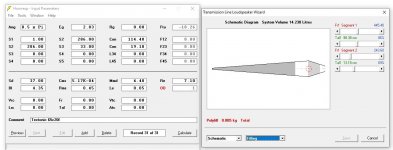
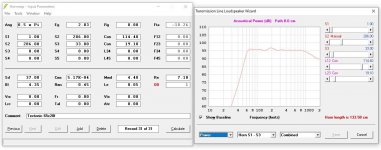
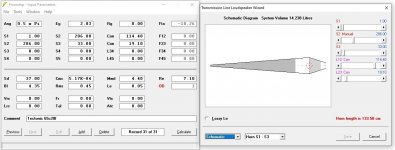
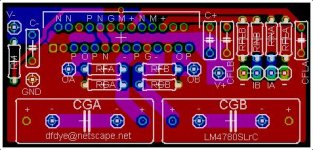



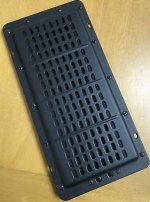
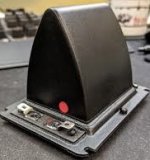
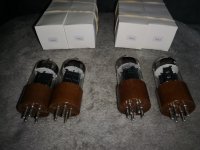
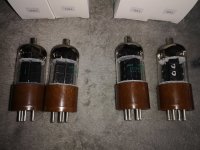
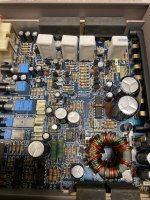
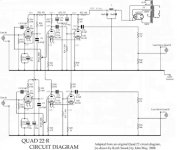


![s-l1600[1].jpg](/community/data/attachments/1026/1026033-72c1877e079afcf11a60989adf73740a.jpg?hash=csGHfgea_P)
![s-l1600[1].jpg](/community/data/attachments/1026/1026034-8d59d0dee2123fed00761442eae9985a.jpg?hash=jVnQ3uISP-)
![s-l1600[1].jpg](/community/data/attachments/1026/1026035-fd54250a8984778ccecf80451855360c.jpg?hash=_VQlComEd4)

